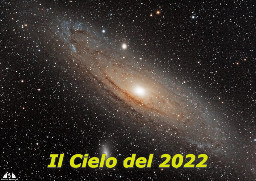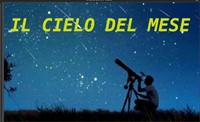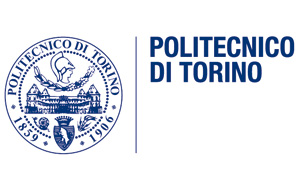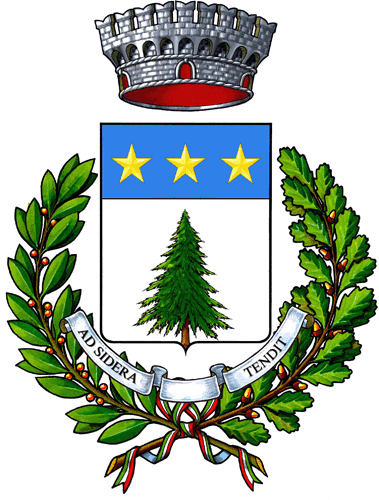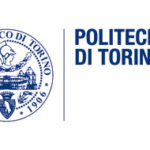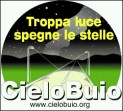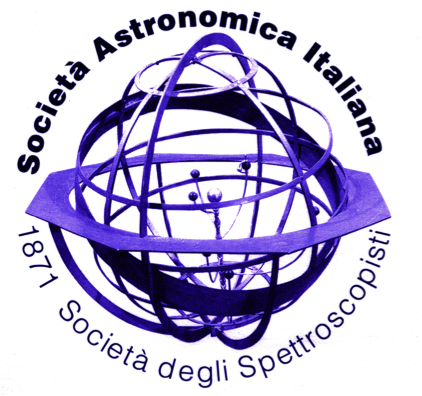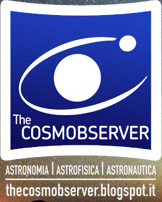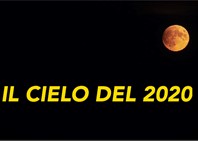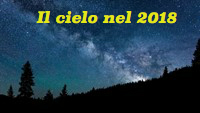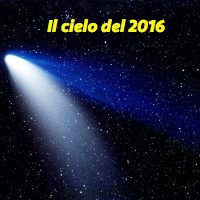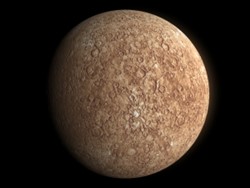NASA’s Spitzer Space Telescope has revealed a new exoplanet discovery: the first known system of seven Earth-size planets around a single star. Three of these planets are firmly located in the habitable zone, the area around the parent star where a rocky planet is most likely to have liquid water. Sorgente: Exoplanet Exploration: Planets Beyond …
Tag: TRAPPIST-South
Feb 23 2017
Exoplanet Exploration: Planets Beyond our Solar System: NASA telescope reveals largest batch of Earth-size, habitable-zone planets around single star
- Archiviato sotto Esobiologia, Fisica stellare, Nane rosse, Pianeti extrasolari, Planetologia
- 40 light-years, All seven of the TRAPPIST-1 planetary orbits are closer to their host star than Mercury is to our sun, Aquarius, Belgium, density, Earth-size worlds, ESO VLT, estimates of the masses, European Southern Observatory's Very Large Telescope, exoplanet's atmospheres, Exoplanets, Habitable belt, habitable environments, Habitable exoplanets, Habitable zone, HAWK-I, HST, James Webb Space Telescope, liquid water, liquid water–key to life, Liverpool telescopes, Michaël Gillon, NASA, NASA's Spitzer Space Telescope, Nature, photometric monitoring, planetary sistems around at red dwarfs, planets orbiting very close to star, red dwarf, rocky planets, seven Earth-size planets, snowball-like, South African Astronomical Observatory, tidally locked, Transit method, TRAnsiting Planets and PlanetesImals Small Telescopele, TRAPPIST Telescope in Chile, TRAPPIST-1, Trappist-1d, TRAPPIST-North, TRAPPIST-South, UKIRT, ultra-cool dwarf, University of Liege, VLT, VLT/HAWK-I, William Herschel Telescope
Meteo a Pino Torinese
Eventi
Calendario Eventi
Lun
Mar
Mer
Gio
Ven
Sab
Dom
l
m
m
g
v
s
d
30
1
2
3
4
5
6
7
8
9
10
11
12
13
14
15
16
17
18
19
20
21
22
23
24
25
26
27
28
30
1
2
3


